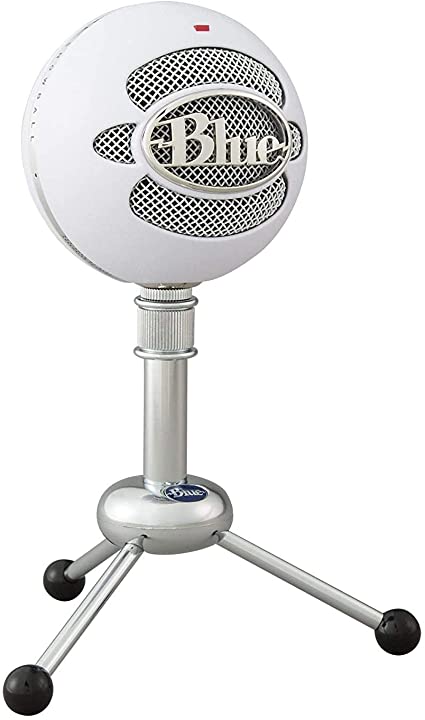Web Conferencing Equipment - Buyers Guide
Last Modified on 12/15/2025 5:06 pm EST
Teaching and learning remotely can present many challenges. One of the challenges you may face is choosing the right web conferencing equipment. We're here to help.
Before you begin, you will need:
- A computer (laptop or desktop)
- An internet connection
This article isn't going to get into the nitty-gritty of what type of computer to buy. Your IT reps are a great resource when it comes to selecting, ordering, and configuring computers, so here, we're going to concentrate on the audio and camera devices you will need.
For each device, the lowest priced model will be fine for most people. If you want more bells and whistles, you can step up to a more expensive model that has more features. Prices vary among retailers, so prices you find here are approximate.
Note: Web conferencing equipment, and cameras in particular, have become quite a hot commodity lately, with so many people working from home. Many of the most common models are back-ordered or overpriced. If you happen to find one of these models in stock from a reputable retailer, for a reasonable price and shipping time, order it. Faculty and staff can also reach out to your business administrator for assistance; he or she may be able to help.
Cameras
In most modern laptops, a camera is already built in, but there are situations in which you might not want to use it. Maybe the camera is aging a little and the picture isn't great. Or, the height of your laptop at your desk makes the angle not very good. If so, a USB camera will help.
If you can't find these models anywhere and don't have a camera on your laptop, look for a camera resolution that is at least 720p (preferred is 1080p) . If the resolution is lower than 720p, the picture will be grainy or blurry. Any higher than 1080p, and you'll run the risk of over-saturating your network connection, which will make your entire web conferencing experience worse.
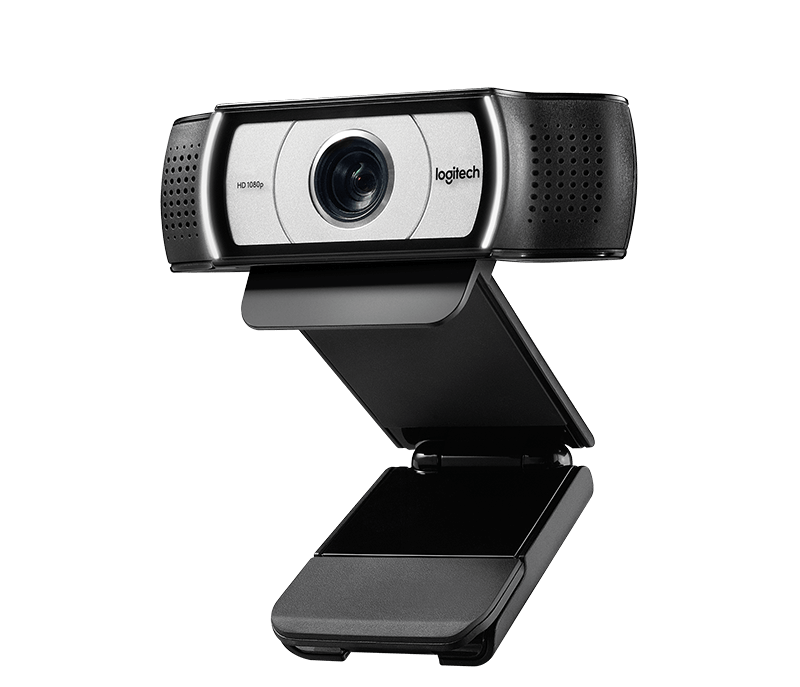 Logitech C930e
Logitech C930e
The Logitech C930e is in use in all of Wharton's GSRs. It's 1080p, has a good picture quality, and handles various lighting conditions well. It has a wide angle lens, so expect to see more of the room behind you on camera than a standard laptop camera. Price: $130
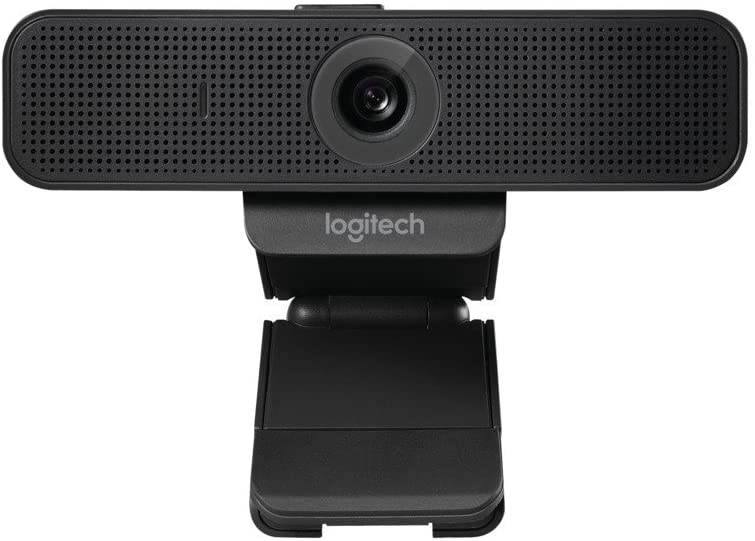
The C925e is similar to the C930, but it has a narrower field of view and less digital zoom. This will work fine under most conditions, unless you really want to see a lot of your room on camera. This camera also has a manual shutter, so you can make sure you aren't on camera when you don't want to be. Price: $100
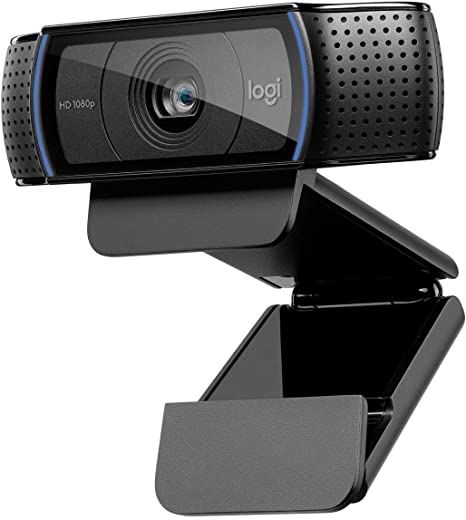
Logitech's C920 is also a 1080p camera, but omits the digital zoom and manual shutter. The image quality is good, and it should serve as a solid, albeit basic, web camera. Price: $80
Microphones
Most folks assume the best piece of equipment you can buy to improve your video conferences is the camera, but it's really the microphone.
Example: You're in a web conference and the presenter's video goes blank. If you can still hear them, you can still have a successful conference. But if their audio goes out, you won't be able to communicate, no matter how good their video looks.
Blue Snowballs are the industry standard for USB microphones. They are simple to use, don't require any software installation, and sound great right out of the box. Put it on your desk in front of you, and you'll instantly sound better than if you use the small mic built into your laptop. Price: $50-$75
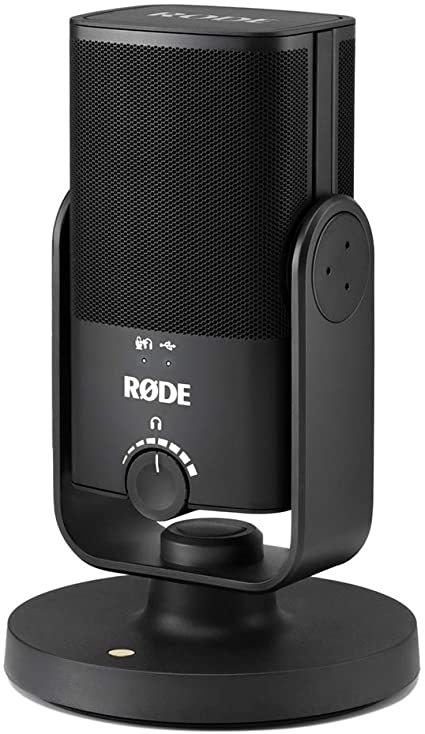 Rode NT-USB Mini USB Microphone
Rode NT-USB Mini USB Microphone
The Rode NT-USB microphone is a step up in build quality and features. It has a built-in headphone jack so you can hear yourself while web conferencing (something you cannot do with Zoom alone). It has its own volume control for the headphones, and a vibration-isolating stand (meaning that bumping the desk won't create a loud noise for everyone on the call). Similar to the Snowball, it plugs in with one USB cable, and requires no special software. Price: $100.
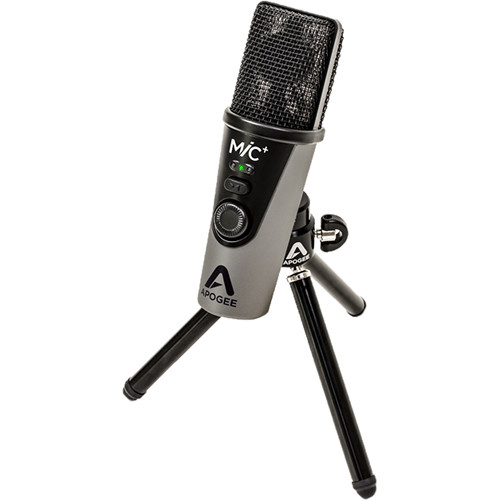
Apogee Electronics MiC Plus
Apogee Electronics MiC Plus is an even larger upgrade. It has many of the same features as the Rode mic, and it adds better sound quality (24bit/96kHz resolution), plus captures a higher volume talker. If you really like to shout (or play the trumpet) for your students, this mic will capture it without distortion. This improvement in quality and features comes at a price, however. Price: $250-$300
Headphones
The need for headphones is dependent on your environment. If you attend class in a quiet office, your computer's speakers might be fine. If you work from the dining room table and your family is nearby, it may be helpful to use some headphones to block out outside noises. In addition, using headphones will produce cleaner audio to everyone on the call because the web conferencing software doesn't have to digitally remove the sound coming from your computer's speakers and getting into your microphone.
"Can't I just use my Airpods?"
Yes. Yes you can. And for some people, that's plenty. But since you're already here and advice is free, let's talk about alternatives. First of all, we're not directly recommending any wireless headphones, including AirPods. Bluetooth technology is great for recreational use, but it does have flaws. Those flaws (audio dropouts and connection problems, mainly) could rear their heads in the middle of class. So, here's our recommendations for wired headphones.
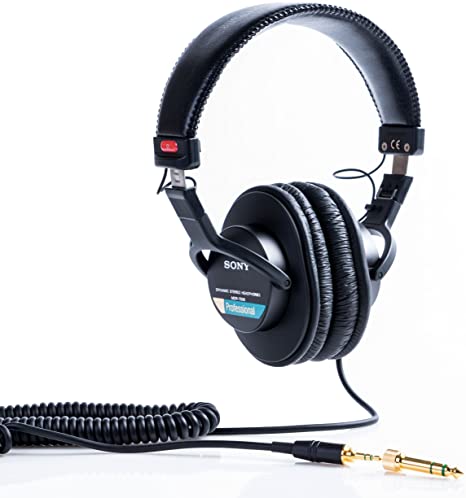
Sony MDR-7506 Headphones
Tried and true, these headphones are an excellent choice. They sound good and are soft on the ears for long listening sessions. Audio engineers have been using these for decades for studio mixing and recording. The coiled cable, though practical, may be annoying to some. Price: $100
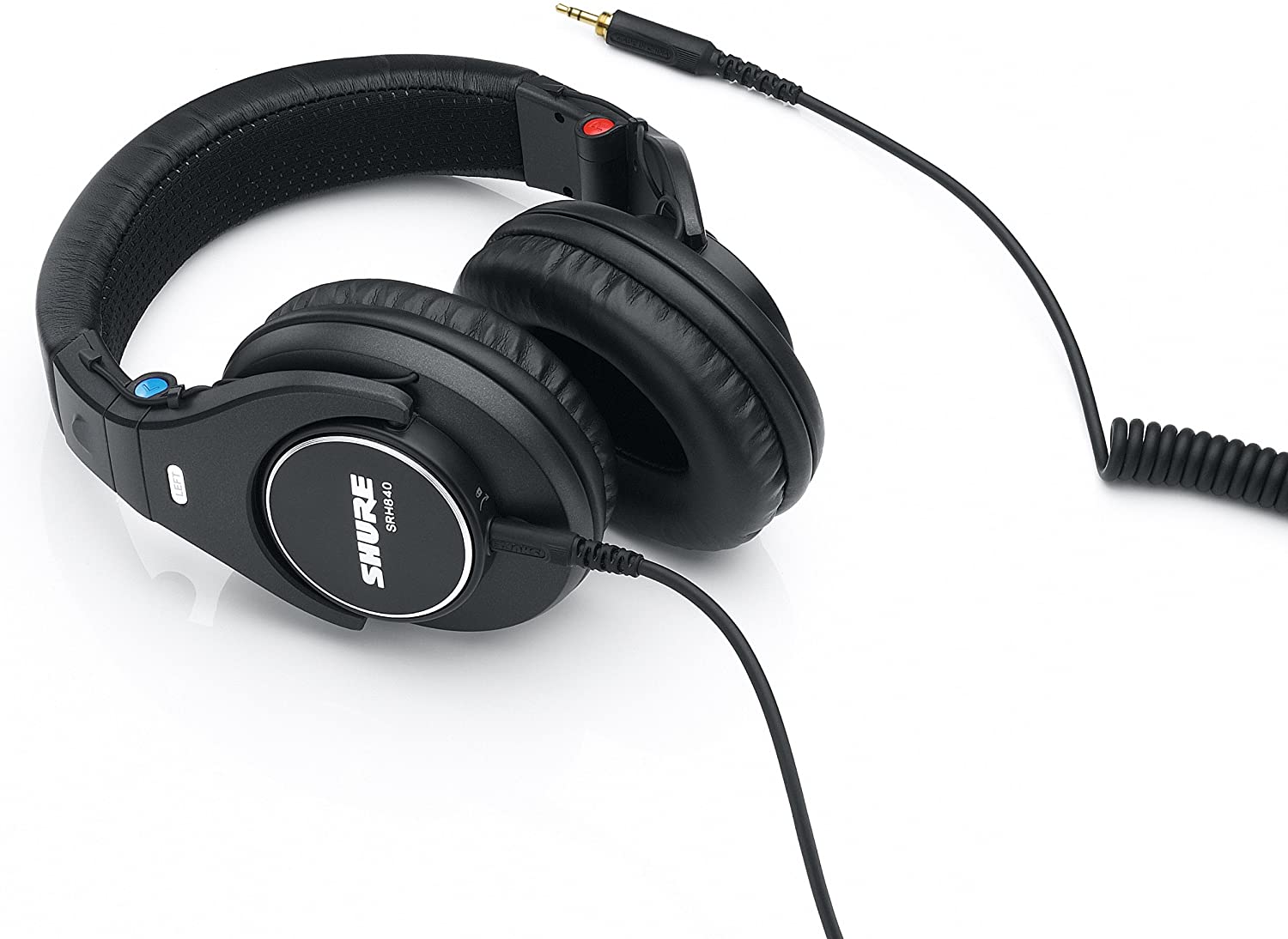
Shure SRH840 Professional Around-Ear Stereo Headphones
Shure's SRH840 headphones are a step up in sound quality. While they also have a coiled cable, it's detachable and replaceable. If it gets hopelessly kinked, you can pick up a new one. Price: $150
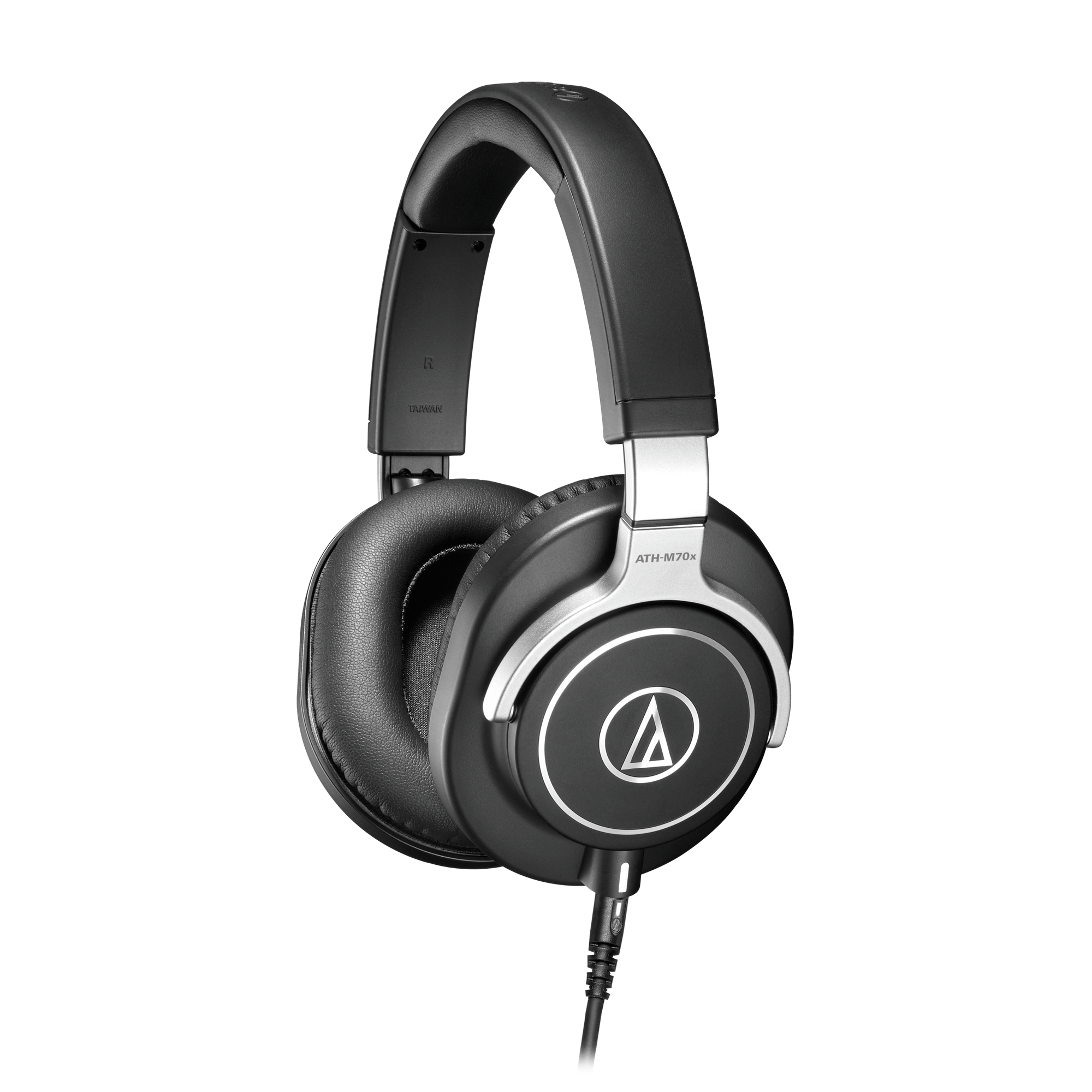 Audio-Technica ATH-M70x Pro Monitor Headphones
Audio-Technica ATH-M70x Pro Monitor Headphones
These headphones have extended frequency response, larger-than-average drivers, and perfect balance across the frequency spectrum. This means that these are beautiful-sounding headphones -- overkill for web conferencing alone -- but if you are an audiophile and don't want two sets of headphones, they are great for music. Price: $300
Presentation Remotes
Presentation remotes, also know as wireless mice or clickers, aren't usually needed when sitting in front of your own laptop, but if you are more comfortable holding one in your hand while you present, we've got you covered.
There are two that we recommend:

Interlink Electronics RemotePoint Jade Presentation Remote Control
This one is the standard model you'll find at every Wharton lectern. It's easy to use, has a laser pointer (that part won't work on a web conference), and doesn't need any special configuration to work out of the box. Just put in some batteries, plug the receiver into the bottom of the clicker, then plug the receiver into your computer. If you want to get fancier, the buttons can be configured to do different things with software from the manufacturer. Price: $120-$150

Logitech Spotlight Advanced Wireless Presentation Remote
The Logitech Spotlight is our clicker of choice for events and productions at Wharton. It's slimmer, aerodynamic, and includes a "digital laser pointer" that allows you to highlight, pinpoint, and magnify areas of the screen in your presentations and web conferences. The only catch to this model is that it requires a piece of software to be installed on your computer, which Logitech provides. Price: $100
Lighting
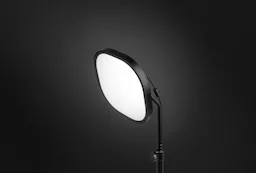
Key Light Air
The Key Light Air is an app-controlled, LED panel that is edge lit which provides flexible illumination, that can be changed to fit unique lighting conditions. The app controls the brightness and warm or cool tones of the light configuration. Price: $129.99
Questions?
For more information or help on selecting and ordering, contact:




